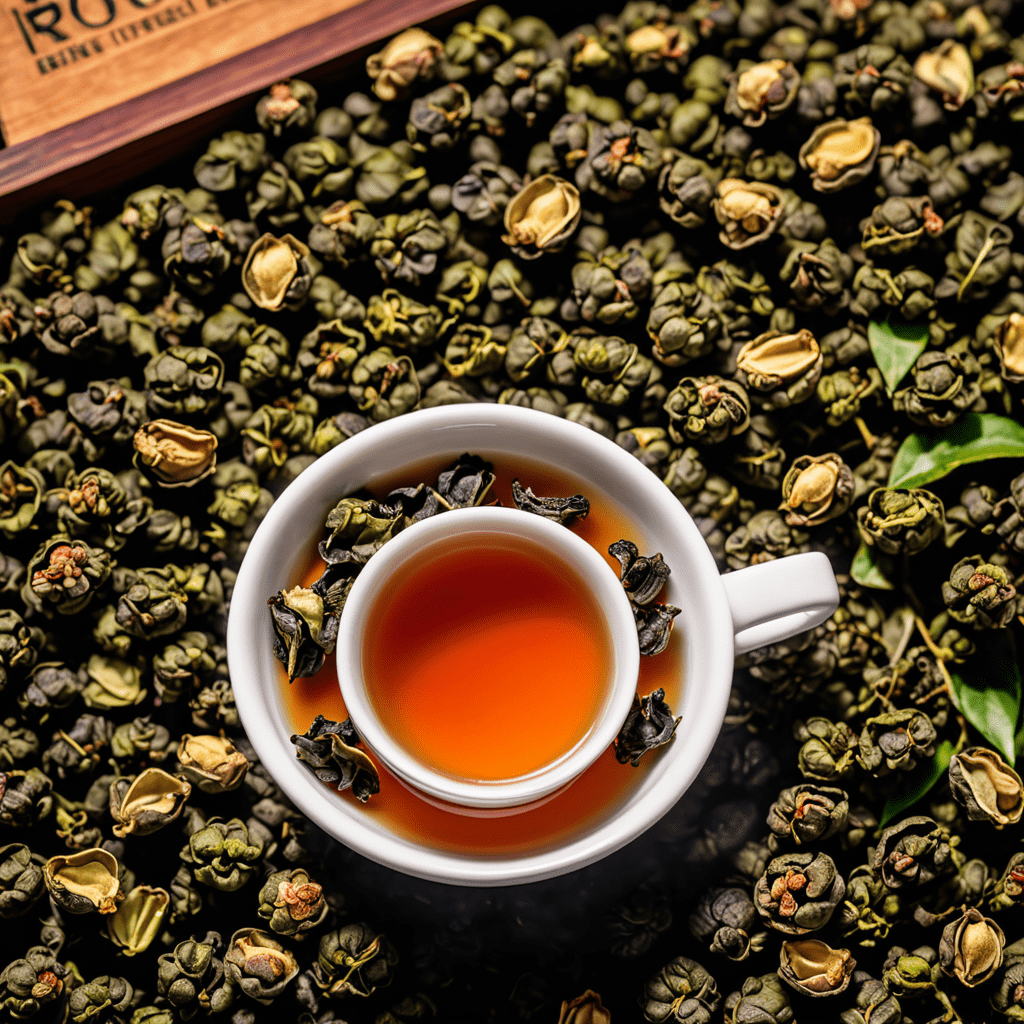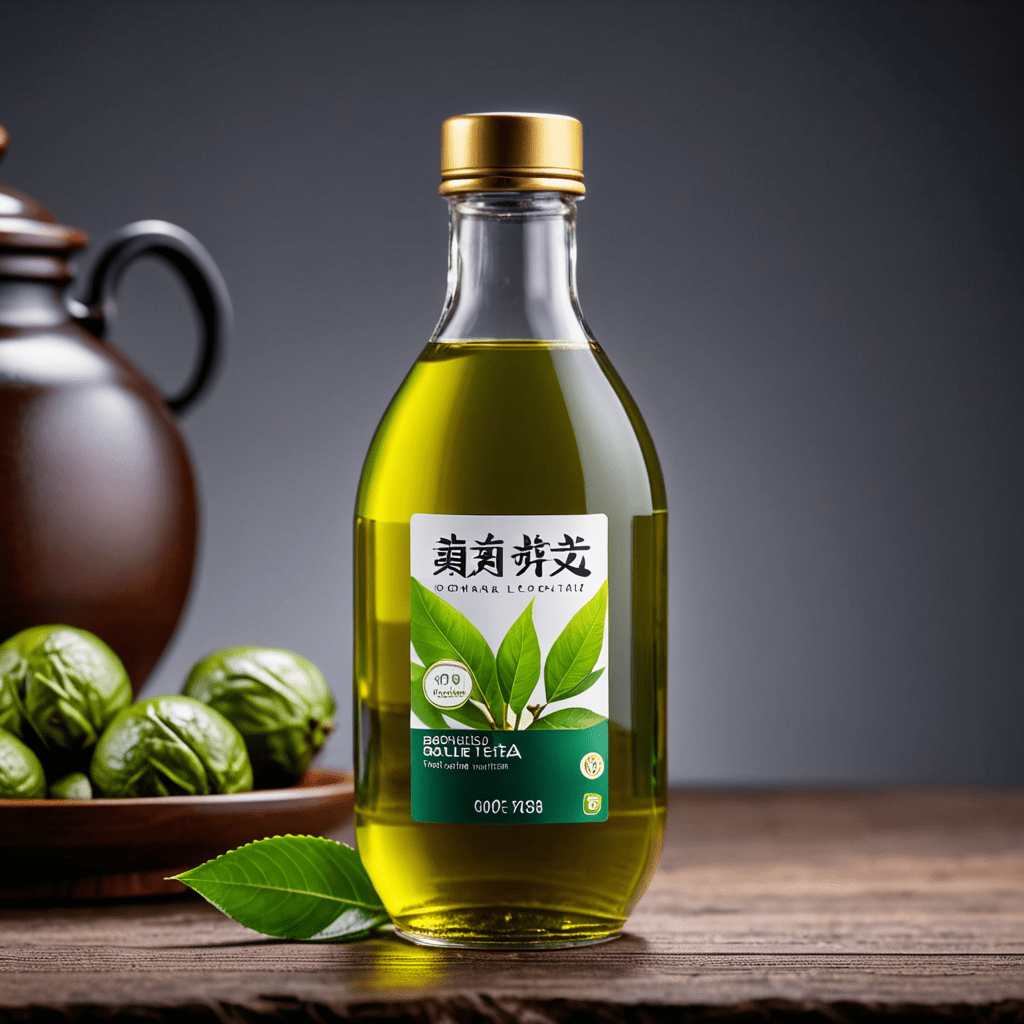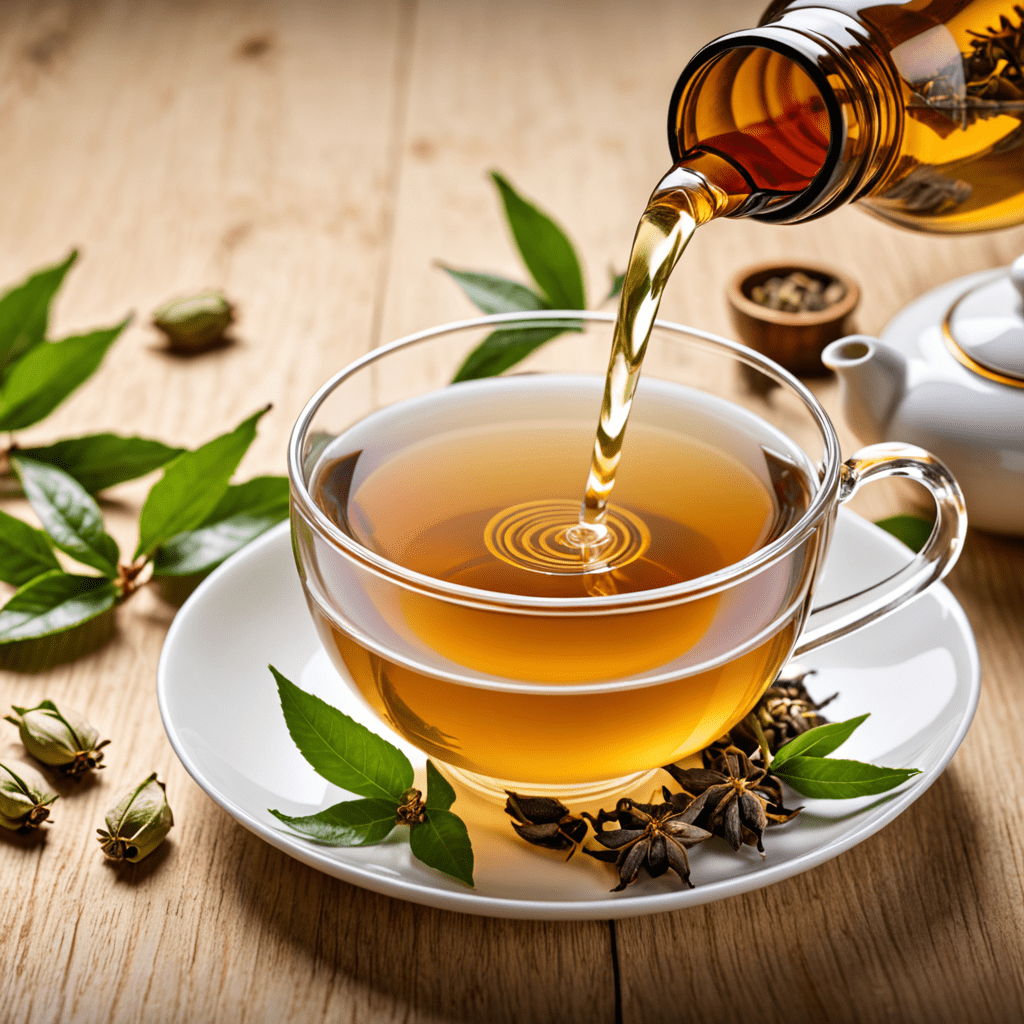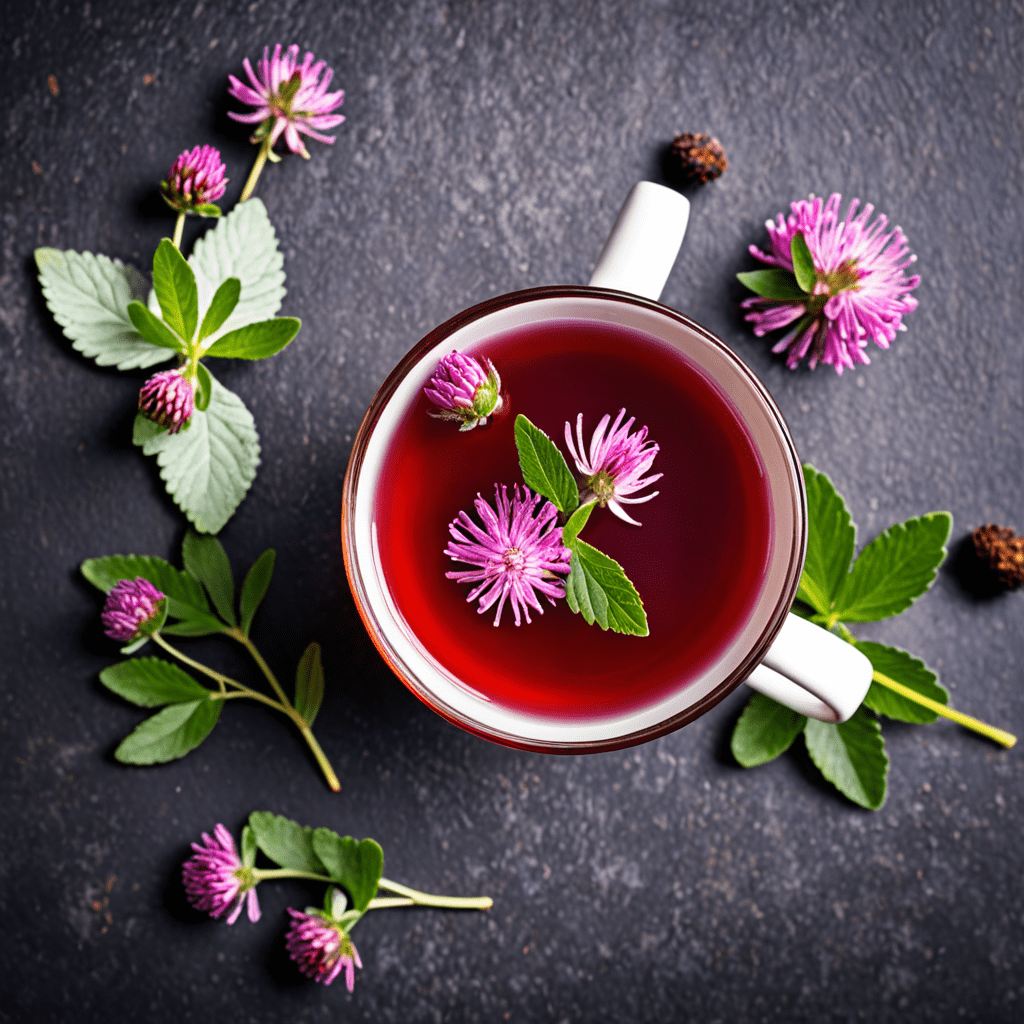Oolong Tea: Exploring Regional Varieties
Introduction to Oolong Tea
Oolong tea, known for its rich flavors and diverse aromas, is a traditional Chinese tea that falls somewhere between green and black tea in terms of oxidation. The fascinating aspect of oolong tea lies in its regional varieties, each offering a unique taste profile influenced by various factors such as terroir, processing methods, and artisanal techniques.
The Origins of Oolong Tea
Legend has it that oolong tea dates back to the Qing dynasty in China, where it was accidentally discovered by a tea farmer named Wu Liang. This semi-fermented tea quickly gained popularity for its complex flavors and health benefits, eventually leading to the development of distinct regional varieties across China and beyond.
Taiwanese Oolong Tea
Taiwan, particularly the mountainous regions such as Alishan and Lishan, is renowned for its exquisite oolong teas. Taiwanese oolongs are known for their floral notes, creamy textures, and lingering aftertaste. Varieties like Tie Guan Yin and Dong Ding are highly sought after for their exceptional quality and craftsmanship.
Chinese Oolong Tea Varieties
China, the birthplace of oolong tea, boasts a wide range of regional varieties such as Da Hong Pao from the Wuyi Mountains and Feng Huang Dan Cong from Guangdong province. Each Chinese oolong tea offers a distinct flavor profile, from toasty and nutty to fruity and floral, reflecting the unique characteristics of the terroir.
Indian Oolong Tea Production
In recent years, India has also made a mark in the world of oolong tea production. Regions like Darjeeling and Assam have started cultivating oolong teas that combine the traditional Chinese processing methods with the local terroir, resulting in teas with a delightful Indian twist.
Exploring Japanese Oolong Tea
While Japan is more famous for its green teas, it has also ventured into producing oolong teas with a Japanese touch. Japanese oolongs offer a delicate balance of umami flavors and floral undertones, showcasing the meticulous craftsmanship and attention to detail that define Japanese tea culture.
Conclusion
Exploring the regional varieties of oolong tea opens up a world of diverse flavors, fragrances, and experiences. Whether you prefer the creamy oolongs of Taiwan, the bold flavors of Chinese varieties, the Indian twists, or the delicate Japanese blends, each cup of oolong tea tells a story of centuries-old traditions and skilled craftsmanship. Embrace the journey of discovering oolong teas from different regions, and savor the nuanced complexities that make this tea a true treasure in the world of tea connoisseurs.
FAQ about Oolong Tea
What is Oolong Tea?
Oolong tea is a traditional Chinese tea known for its unique semi-oxidized processing method, offering a wide range of flavors and aromas between green and black teas.
What are Regional Varieties of Oolong Tea?
Regional varieties of Oolong tea include Tie Guan Yin from Fujian, Dong Ding from Taiwan, and Ali Shan from Taiwan, each offering distinct flavor profiles based on terroir and production techniques.
How does the Origin of Oolong Tea Impact its Flavor?
The origin of Oolong tea significantly influences its flavor due to factors like soil composition, climate, altitude, and processing techniques unique to each region.



